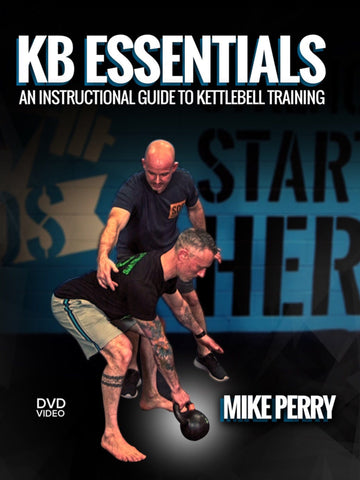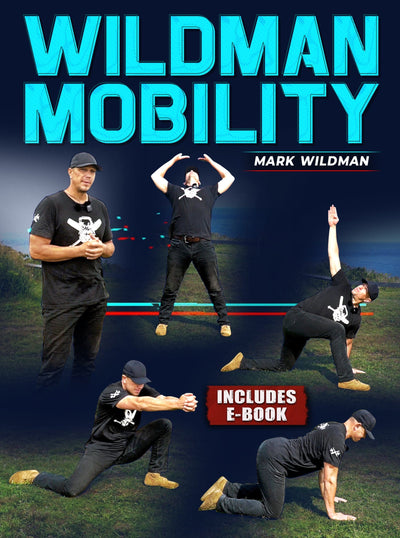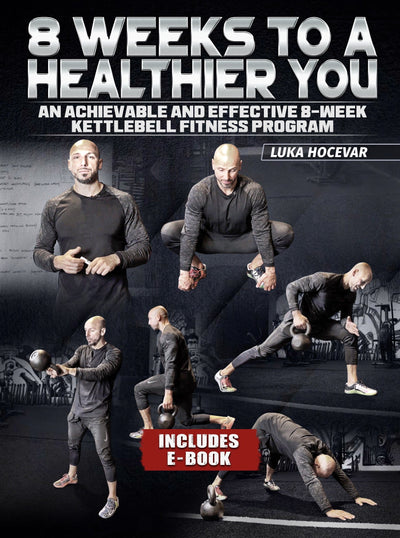Kettlebell Tricep Workout
When it comes to strengthening and toning the triceps, kettlebells can be a highly effective tool. Kettlebell tricep workouts offer a versatile and challenging way to target this important muscle group, helping you achieve stronger and more defined arms. In this guide, we'll explore the benefits of kettlebell tricep exercises, provide examples of effective workouts, and offer essential safety tips to ensure you get the most out of your tricep training. Kettlebell lifts offer a wide range of benefits.
What this article covers:
Benefits of Kettlebell Tricep Workout
Efficient Muscle Engagement: Kettlebells require stabilization during exercises, which engages not only the triceps but also the core and other supporting muscles. This holistic approach helps maximize your workout efficiency.
Functional Strength: Kettlebell exercises often mimic real-world movements, making them beneficial for everyday activities. Strong triceps can aid in activities like lifting, pushing, and carrying objects.
Time Efficiency: Kettlebell workouts are known for their time efficiency. You can achieve a full tricep-focused workout in a relatively short amount of time, making them ideal for busy individuals.
Variety: Kettlebells offer a wide range of exercises, allowing you to constantly challenge your muscles and avoid workout plateaus.
Kettlebell Tricep Exercise Examples
Kettlebell Skull Crushers: Lie on your back with your knees bent and feet flat on the ground. Hold a kettlebell in each hand, arms extended above your chest. Bend your elbows to lower the kettlebells towards your forehead, then extend your arms to the starting position.
Kettlebell Kickbacks: Bend at the hips while keeping your back straight, holding a kettlebell in one hand. Extend your arm straight back, squeezing your triceps at the top of the movement, then return to the starting position.
Kettlebell cleans: In a kettlebell clean, an individual starts with the kettlebell on the ground and uses a fluid motion to lift it explosively to shoulder height. The key to a successful clean is the transition from the initial swing or hike phase to the clean phase, where the kettlebell flips and ends up resting on the back of the forearm with the wrist slightly flexed. This movement engages the legs, hips, core, and upper body, making it an excellent exercise for building functional strength and enhancing cardiovascular fitness. Kettlebell cleans are often incorporated into kettlebell training routines or used in sports conditioning programs, offering a versatile and challenging way to develop power and athleticism while also improving grip strength and overall muscle coordination.
Kettlebell Push-Ups: Place two kettlebells on the ground, handle-side up. Assume a push-up position with your hands on the kettlebell handles. Lower your body as you would in a push-up, engaging your triceps, then push back up.
Kettlebell overhead tricep extension: is a highly effective strength training exercise that targets the triceps brachii muscle, helping to build impressive arm definition and strength. To perform this exercise, one must hold a kettlebell by the handle with both hands and lift it overhead, fully extending the arms.
From this starting position, the athlete lowers the kettlebell behind their head by bending at the elbows, ensuring the upper arms remain stationary. This motion effectively engages the triceps while also engaging the core and stabilizing muscles throughout the body to maintain balance and control. The kettlebell overhead tricep extension offers a versatile option for those looking to add variety to their arm workout routines, as it can be adapted to various kettlebell weights and rep schemes, making it a valuable addition to any fitness regimen.
Safety Tips
Building muscle with kettlebells can be easy if you understand how to safely perform the exercises. Below we’ll discuss essential safety tips to get a great kettlebell workout.
Warm-Up: Always begin your workout with a thorough warm-up to prevent injury and prepare your muscles for exercise.
Start Light: If you're new to kettlebell training, begin with a light weight to learn proper form and technique.
Focus on Form: Maintain proper form throughout each exercise to minimize the risk of injury. Engage your core and stabilize your body.
Gradual Progression: As you become more comfortable with kettlebell tricep workouts, gradually increase the weight to continue challenging your muscles.
Listen to Your Body: Pay attention to any discomfort or pain and adjust your workout accordingly. Don't push through sharp or severe pain.
Proper Breathing: Remember to breathe rhythmically during exercises. Exhale during the exertion phase and inhale during the relaxation phase.
Stay Hydrated: Proper hydration is essential for optimal performance and recovery.
Incorporating kettlebell tricep exercises into your fitness routine can be a game-changer for achieving strong and sculpted arms. With the right technique and safety precautions, you can enjoy the numerous benefits of kettlebell tricep workouts while minimizing the risk of injury.
Did you find the blog helpful? If so, consider checking out other guides:
- How to Do a Kettlebell Clean
- Unilateral Exercises for Muscle Imbalance Kettlebell
- Kettlebell Only Muscle Gain
- The Kettlebell Side Swing
- Heavy Kettlebell Swings
- Kettlebell Swing Variations
- CrossFit Kettlebell Swings
- The Kettlebell Swing Challenge
- Kettlebell Two Hand Swing
- Kettlebell Swing for Beginners
- How to Do Kettlebell Swings
- Alternatives to Kettlebell Swings
- 100 Kettlebell Swings a Day
- Kettlebell Swings with a Dumbbell
- 10,000 Kettlebell Swing Challenge





